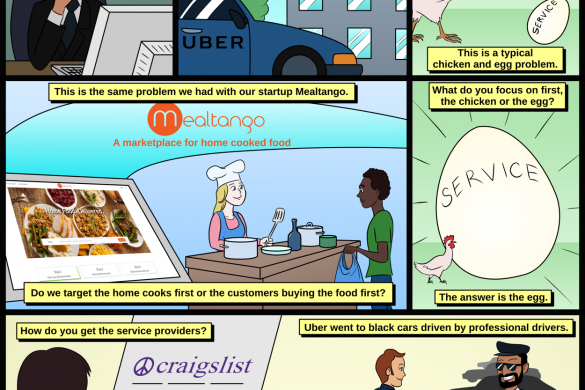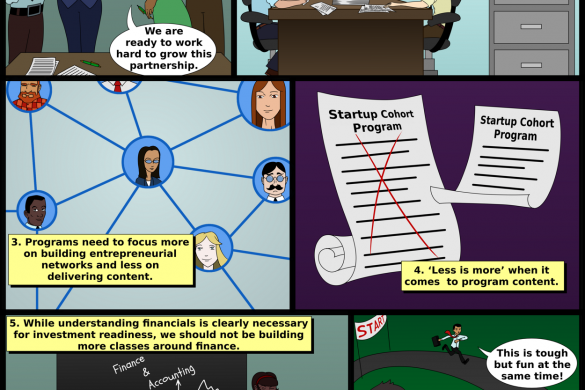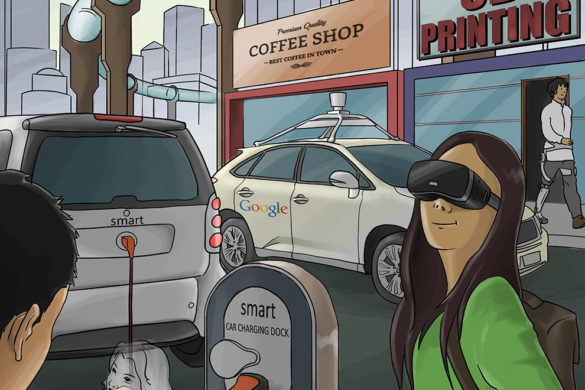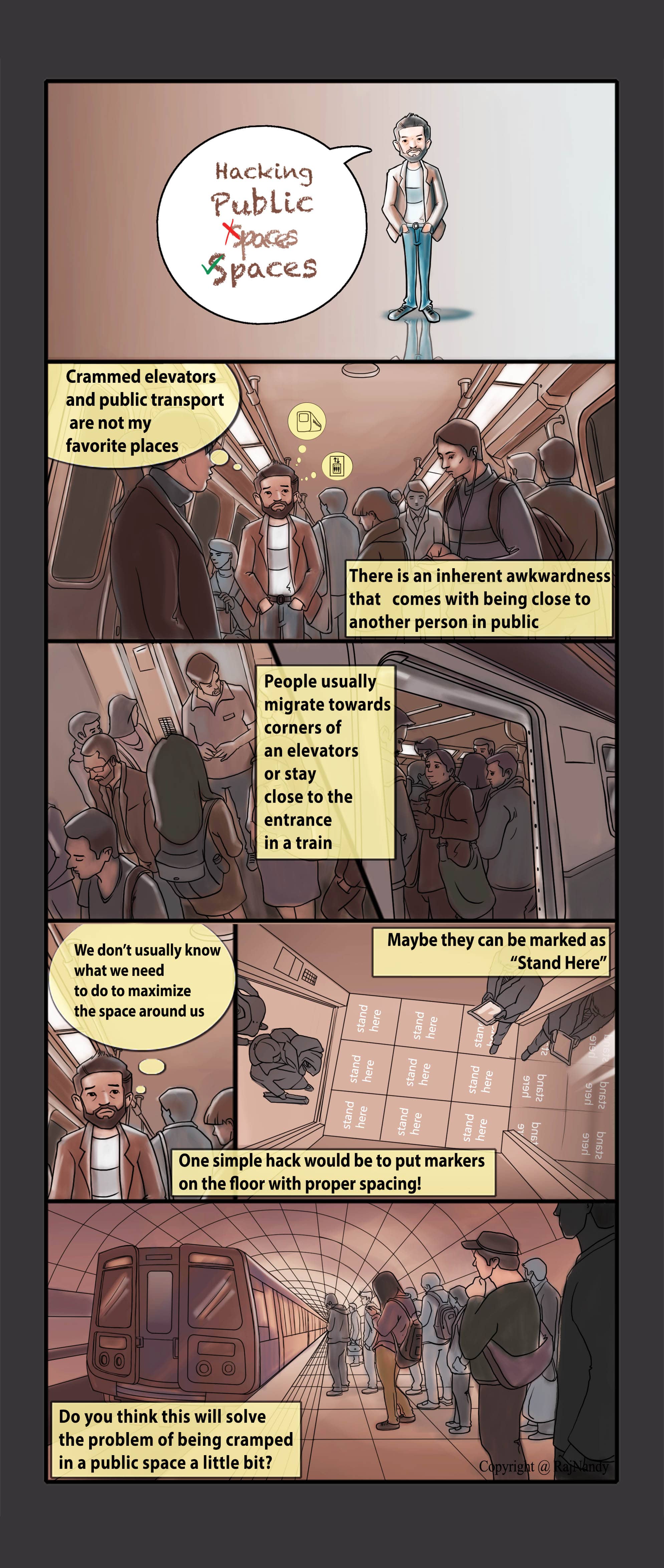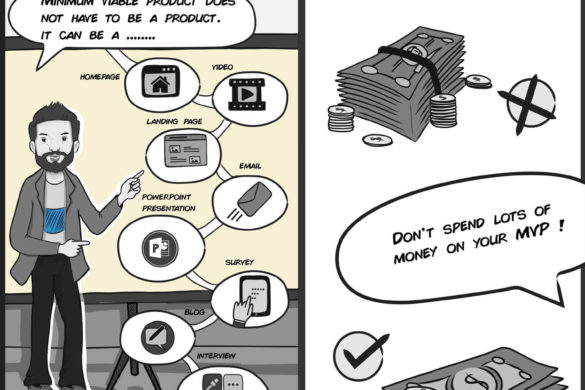Prioritizing product features is particularly important when you’re dealing with limited resources. Unless you have an army of engineers like Twitter, Facebook, or Google, this probably means you. And since choosing the right features can make or break the success of your startup, this consideration is an important one. Without prioritization, you might end up wasting time and resources on the wrong features and end up not having enough of either to implement the features that really matter.
In order to figure out which features to prioritize, first ask yourself, what are your primary goals for the product? Maybe you want to increase revenue, or market share. Maybe you want to increase operating speed. Maybe you want to become a top rated app on the iTunes and Android marketplaces. Whatever your goals, it’s important they be clearly defined before you start thinking about which features to focus on.
Once you have your goals clearly in mind, these four methods will help your most important features rise to the top.
1. The 90 Day Method. In 2011, with a team of only forty engineers, Pandora built products for 70 million monthly users, so you can bet they know something about prioritization.
Tom Conrad, the company’s CTO, says that 90 days is about as far as you can afford to think ahead when you’re in hyper-growth. Plan any longer term than that, and you might find that the feature you thought was absolutely essential has become utterly irrelevant. So at the beginning of each quarter, Conrad asks himself and his team, what would be stupid for us not to do in the next 90 days?
2. The Post-It Method. The next step is to estimate how much engineering time each feature will take to execute. To make this easier to wrap their heads around, Pandora translates engineering time into dollar amounts. So a feature that takes one engineer one month is $5, a two month feature is $10, three months is $15 and so on.
Then, Pandora goes old school, printing out all of the features on slides and taping them up around a conference room. Post-Its are handed out to the prioritization team according to how much engineering capacity is available. So, if you have five people on the team, and $150 worth of engineering capacity, each team member gets six Post-Its, each worth $5.
Are you with me so far? Good. Now, each team member votes on which features should get the available resources. This method gives you a good idea of the demand for various new features within the company.
3. The Value vs. Effort Method. From product development expert Jim Semick comes another good method. This one involves placing all of your potential features on a matrix of their business value and the amount of effort they require to implement. Features with high value and low effort are low-hanging fruit that can be easily slotted into your product roadmap. Low value, high effort features can be discounted. High value, high effort features should be carefully evaluated according to available resources (perhaps using the Post-It Method above). And low value, low effort features can be tabled for future discussions
4. The Weighted Scoring Method. Weighted scoring allows you to add some objectivity to the essentially subjective process of product feature prioritization. With weighted scoring, you weight various potential costs and benefits according to their impact and then rate your potential features in the cost and benefit categories. The resulting number may not determine your final new version feature list, but it will give you an objective jumping off point.
Below is the built-in scoring model from Jim Semick’s software ProductPlan, but you can also use a spreadsheet with similar results.
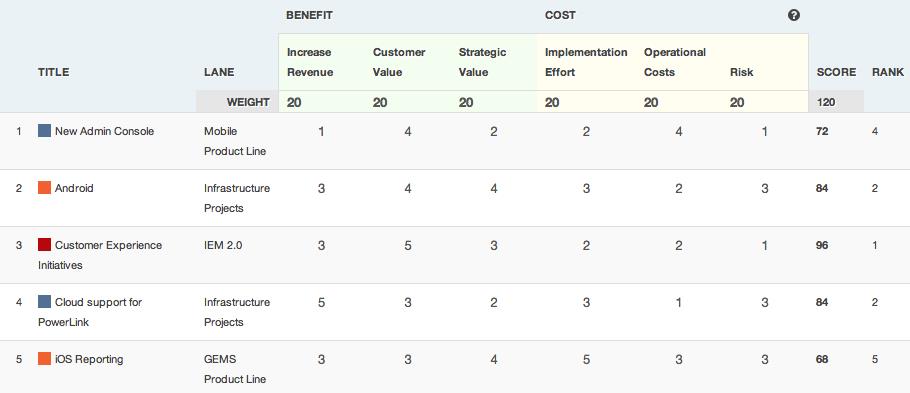
(Source: https://www.quora.com/What-are-the-best-ways-to-prioritize-a-list-of-product-features)
Once you have evaluated your features according to the above four methods, you should have a clear sense of which features make the most sense to prioritize according to your product goals. Now all that’s left is to turn those imagined features into product reality.



